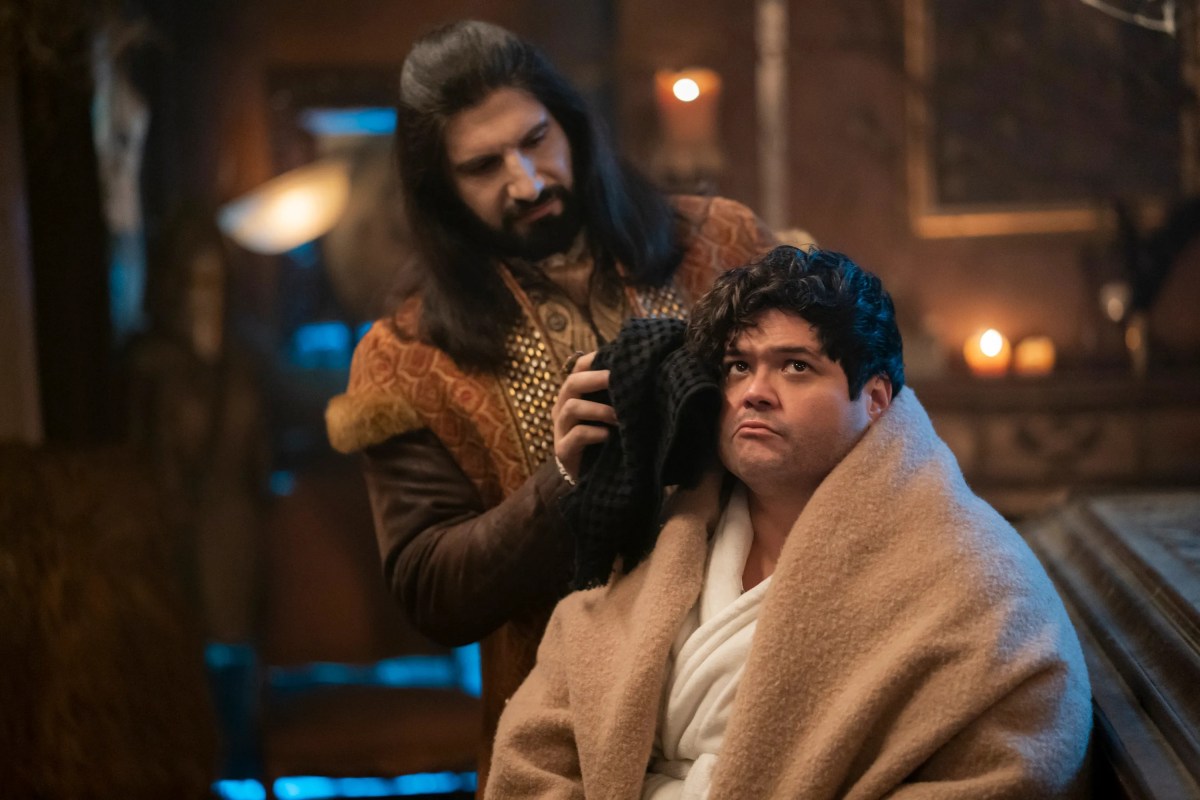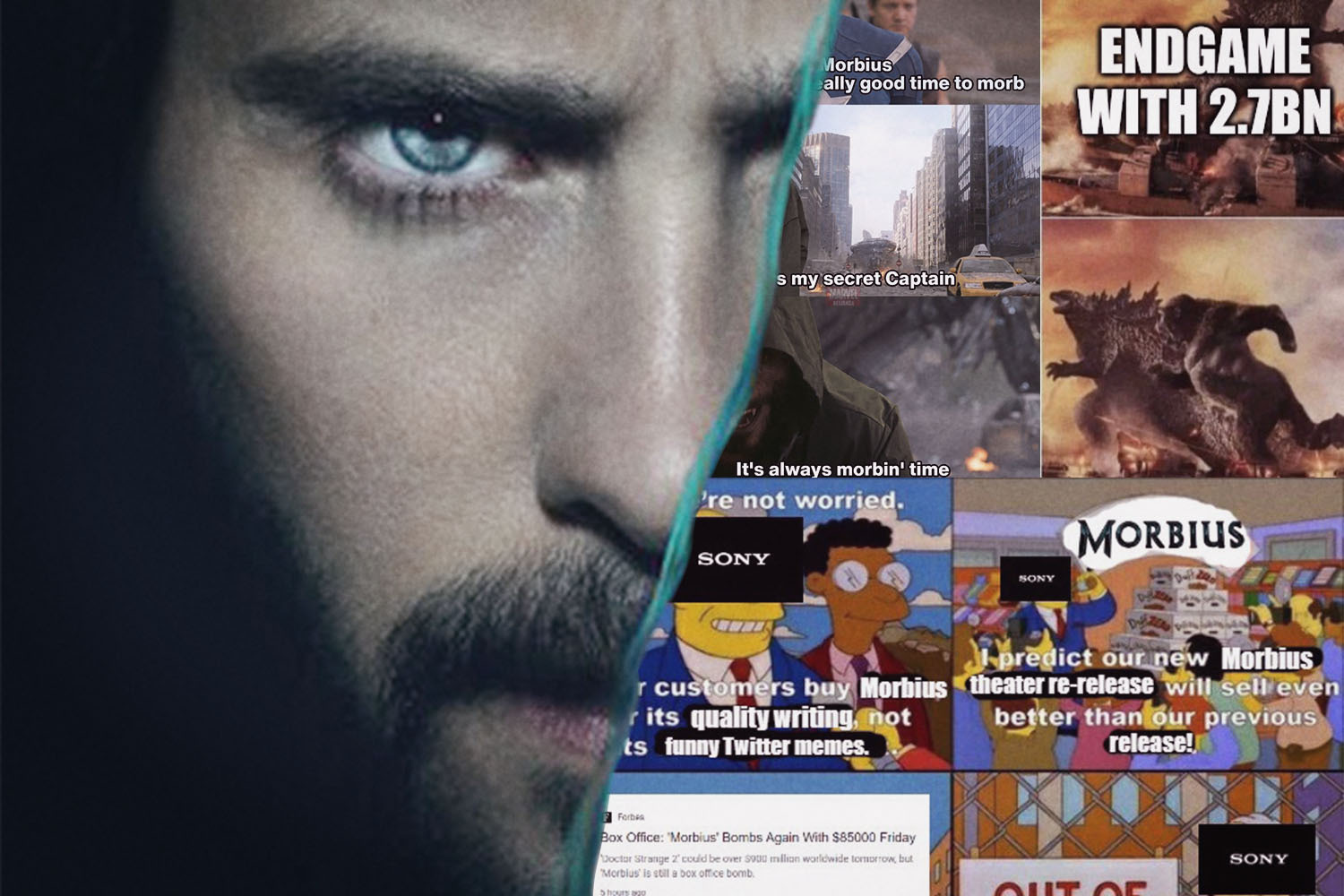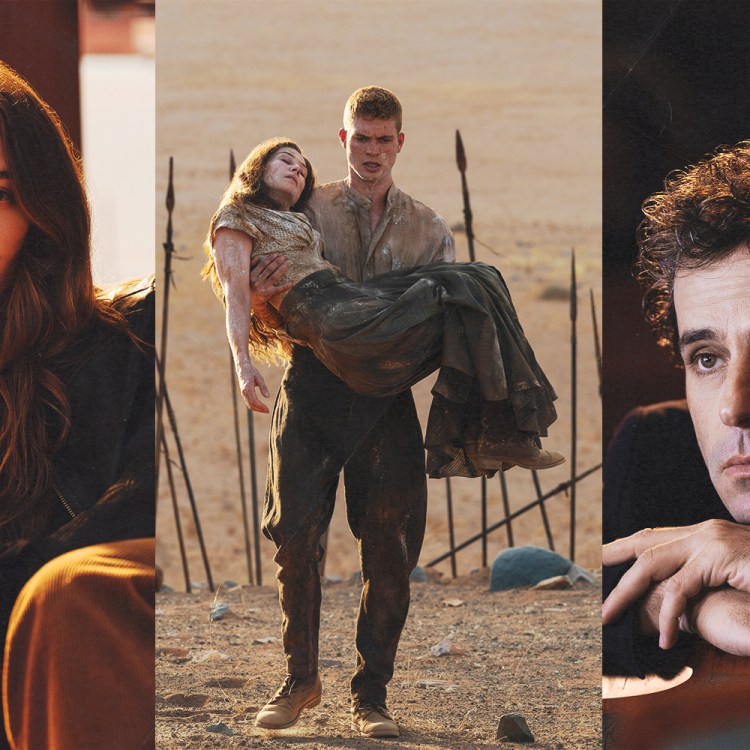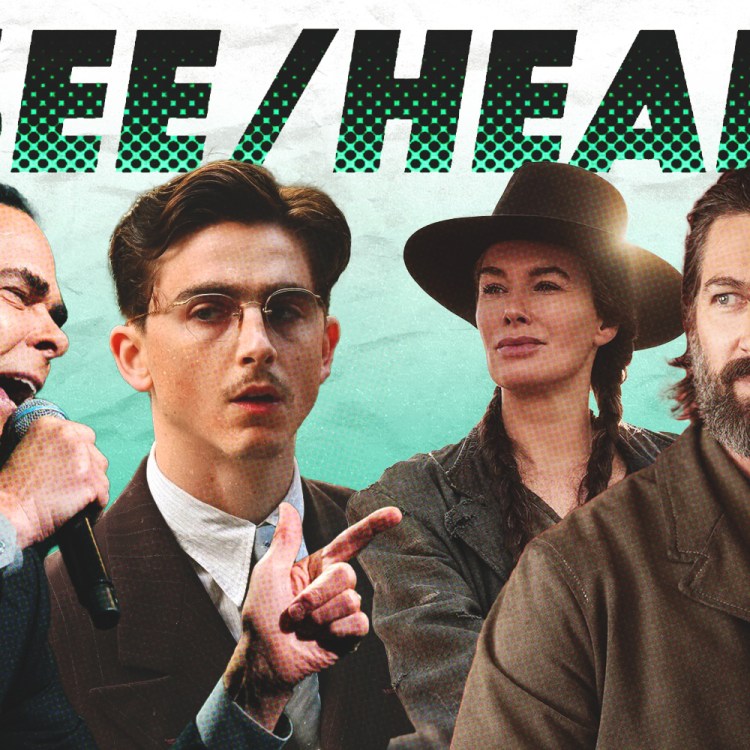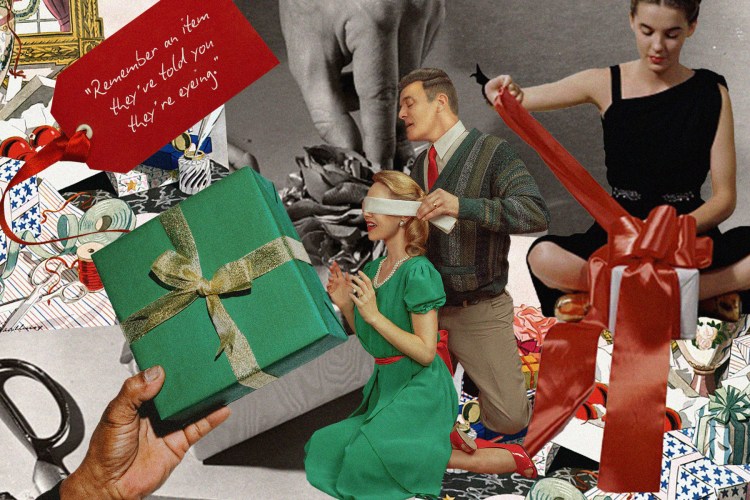The early Dracula and Camille texts which defined the modern vampire famously drew on European fears of a racial and sexual Other: a seductive foreign force that could slip into a locked boudoir without effort, made no distinctions between the genders of victims and brought death and disease wherever it went. However, what also made these texts appealing is that, well, being this creature seems pretty cool, doesn’t it? The performances of Bela Lugosi and Christopher Lee as Dracula in multiple horror films would become the stuff of parody, but both actors, gifted with hypnotic eyes and booming voices, also made the Count irresistible: an alluring, elegant figure whose fangs promised la petit mort as well as a more lasting death for his victims.
Over the past 100 years alone, the vampiric image has shifted as often as a fanged creature changing into a bat or dissipating with the fog. Some popular vamps are endowed with the aristocratic beauty of Brad Pitt in Interview with the Vampire. Others, like the creatures who stalk a sunless Alaska in the 30 Days of Night graphic novel, have been bloodthirsty monstrosities. Yet the monster is always something that is on the outside, and it is typically fundamentally misunderstood. Is it any wonder that some misfit humans like wearing capes and prosthetic fangs, or just watch a ton of horror movies every Halloween?
What We Do In The Shadows, now returning for a fourth season on FX, is a blast precisely because it understands that vampire myths are centered on outsiders. Episodes delve into the weird rules of each supernatural subculture, as well as jokes on how the four immortal Staten Island housemates at the center of the show don’t understand 21st century life (“You’re dead, you’re dead and out of this world,” the theme song by Norma Tanega warns them). Yet the show also feels targeted precisely to the kinds of people who, maybe like Nandor’s familiar Guillermo, might have related to Martin and the undead as fellow weirdos who enjoy the dark and creepy side of life.
The horror sitcom isn’t exactly interested in Making Points. Instead it earns bloody, absurd laughs from Lazslo and Nadja’s cluelessness and Colin Robinson’s dull routines. But over time, it’s fleshed out these often inhuman creatures enough that their vulnerability has become more recognizable. A part of the comedy and awkward sweetness of the show is that Nandor is a proud and ancient warrior, but he still needs Guillermo to be there when he slumbers in his coffin.
Like the horror figures the film and show are parodying, the main male characters of What We Do In The Shadows either no longer fit with the modern, masculine image, or have always been on the outside of social norms. (As an autistic man, it’s pretty easy to relate to the Byronic, hyper-European Laszlo attempting to laugh along with some beer-drinking football fans by yelling, “Ha! Great joke, assholes!”) Laszlo, Nandor and Colin Robinson are intense, awkward, and in the case of the first two, really owe who they are to another era. Colin Robinson’s origins as an “energy vampire” are kept a mystery, but unlike the older bloodsuckers, a monotone demon nerd using Internet trolling and cubicle jokes to extract the life from people fits all too easily now into everyday life. Yet even he expresses vulnerability and is hurt when his friends don’t reciprocate his appreciation for them.
Laszlo is more of a classic elite, pansexual vampire, but luckily endowed with Matt Berry’s baritone English voice and absurd energy. As when he declared memorably that “I became a vampire to suck blood and fuck forever!”, Laszlo’s extreme sex drive is often the butt of the joke. His wife Nadja loves him but also finds his silly behavior and entanglements exhausting. But while he may be a buffoon, Laszlo actually tends to win over the humans around him because of his sheer enthusiasm for life. A classic Season Two episode focuses on Laszlo on the run as “Jackie Daytona,” a “normal human bartender” who gets a whole Pennsylvania town — and the local volleyball team — on his side. Later he even befriends his Ocean’s Eleven-obsessed neighbor, Sean.
Nandor and his longtime personal Renfield, Guillermo, are maybe the most compelling and “human” of the male characters. The Ottoman Empire hero who long ago slaughtered Nadja’s village and the quiet Latino who posed with a vampire wig in high school at first have a strained bond, even if Guillermo does have dormant feelings for Nandor. A running gag in both the show and film after all is that the vampires tend to mistreat familiars and string them into service with promises of becoming undead. (The ever-human Guillermo reveals in Season 2 that more than a decade has passed since Nandor became his master.)
Yet both men are fundamentally loners. In his own time, Nandor the Relentless was a “man’s man,” a conqueror worthy of a fearsome nickname. But by the 21st century, where gender norms have moved somewhere closer to Guillermo’s look, Nandor comes off to strangers as stiff and overly formal. A big part of his storyline in Season 3 then is about the oldest and strongest of the vampires coming to terms with his loneliness and lack of real connections. Yet by the end of the season, he may have found his equal — or his superior.
If Nandor is a stereotypical forboding nosferatu, Guillermo is the kind of queer, sweet-natured millennial who might watch, say, a horror comedy like What We Do In The Shadows. First attracted to vampire life by Banderas’ performance in Interview with the Vampire, Guillermo at first comes across as competent, but duped into a lifetime of servitude and violence. But arguably the show’s surge in quality really kicks off during the first season finale when Guillermo discovers that he may be related to the legendary vampire hunter Van Helsing. Disturbed after already accidentally killing two undead creatures, Guillermo attempts to dismiss this revelation. But over the course of Season 2, as assassins come for the roommates, Guillermo, often murmuring “Sorry,” murders one vampire after another.
It becomes clear to the viewers that not only is Guillermo an innately skilled and brutal warrior, one who has long underestimated himself thanks to his quiet demeanor, but that the others should appreciate him more. Part of the sheer pleasure of the show then has been Guillermo’s increasing recognition of his own badassery, as well as his very slight elevation into “part of the team,” as he becomes a bodyguard to the vampires and earns Nandor’s gratitude and even (occaisonal) respect.
What We Do In The Shadows isn’t exactly a polemic on toxic masculinity or positivity (part of the central joke after all is that the vampires are bloodthirsty murderers). The show remains focused on ramping up the jokes and the often gnarly creature designs for loyal viewers, but over time the writers have also learned how to open up the characters and find the little complexities in them. The men on the series are largely absurd supernatural creatures, but they still have to deal with their identities even at 800 years old. It can be a macabre kind of comfort then to watch even immortal beings look ridiculous, fail, pine for companionship, and try it all again for 22 minutes each week, just like everybody else.
This article appeared in an InsideHook newsletter. Sign up for free to get more on travel, wellness, style, drinking, and culture.
